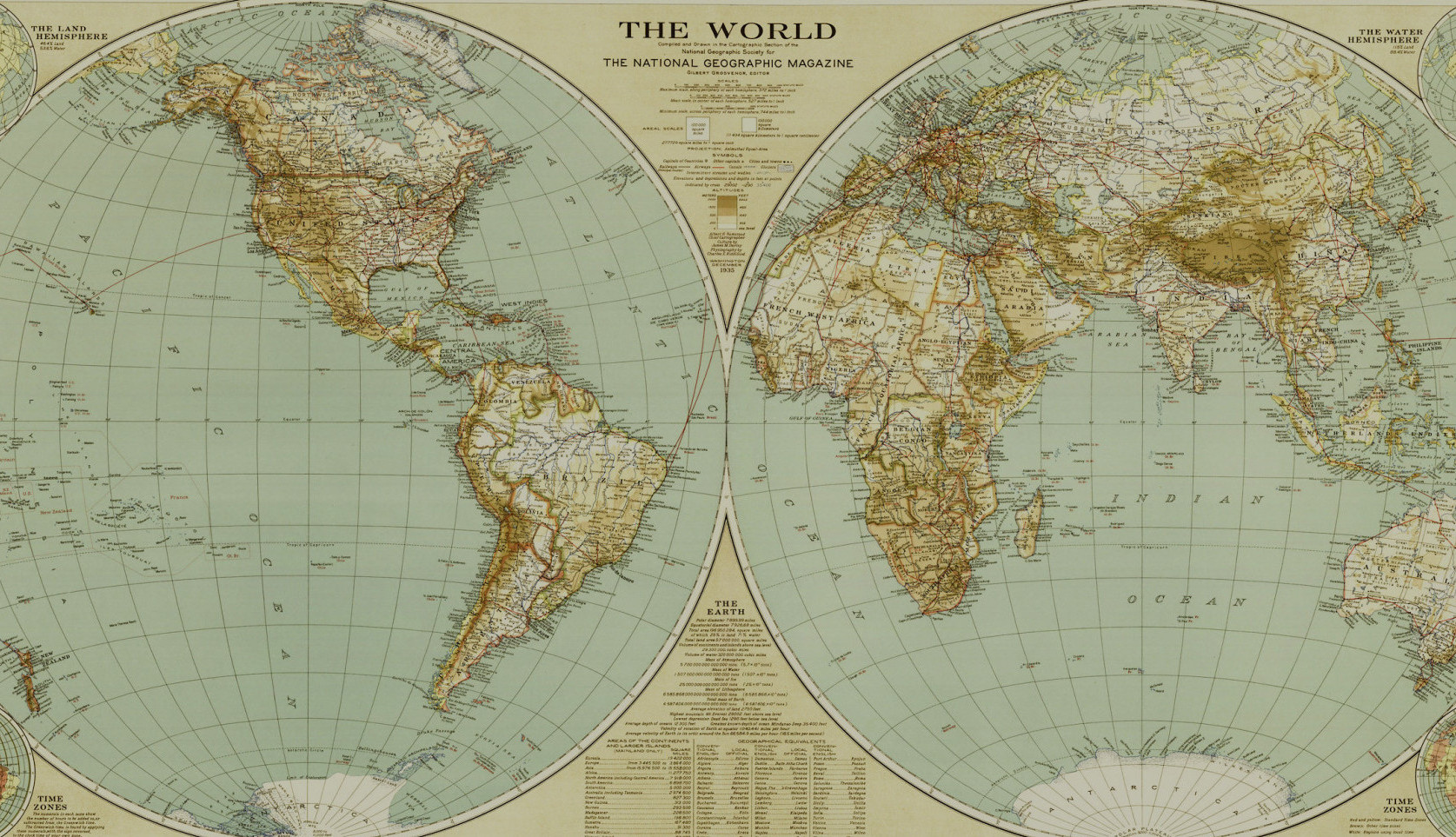
I recently moved to the Canadian Rocky Mountains and can’t say enough about the wild beauty of the landscape. It felt like home right away. There are so many sites to explore – natural and cultural – from mountain passes and river valleys to historic homesteads and POW camps. The story of this region began many thousands of years ago and continues today.
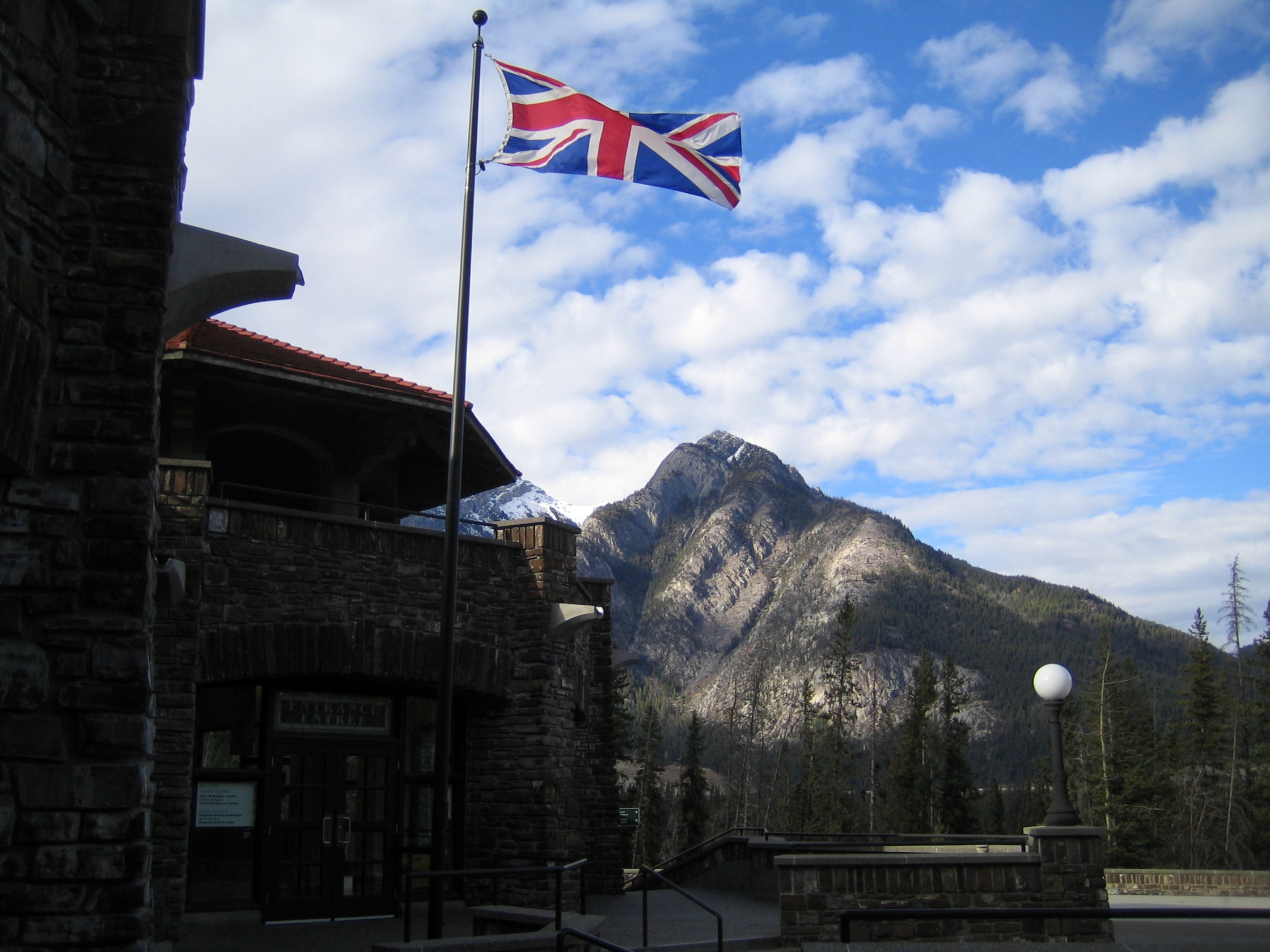
Some of the Canadian Rocky Mountain range is contained within the national park system. Jasper National Park is the furthest north, with Banff, Yoho, Kootenay, and Glacier to the south. In fact, the Canadian National Parks were born in the Rocky Mountains, with the initial development in 1883 of the Cave and Basin hot springs at the foot of Sulphur Mountain in what is now Banff National Park. The story goes that Canadian Pacific Railway workers William McCardell and Frank McCabe descended into the cave from above and found the hot spring contained within it. The next year they built a small log cabin on the site – intending to capitalize on their ‘discovery’. Others contested their claim and in 1885 the first Prime Minister of Canada, Sir John A. MacDonald, declared the 26 square km (10miles2) around the site as the Banff Hot Springs Reserve. The rest, as they say, is history. Today there are 47 Canadian National Parks (or National Park Reserves) with more proposed.
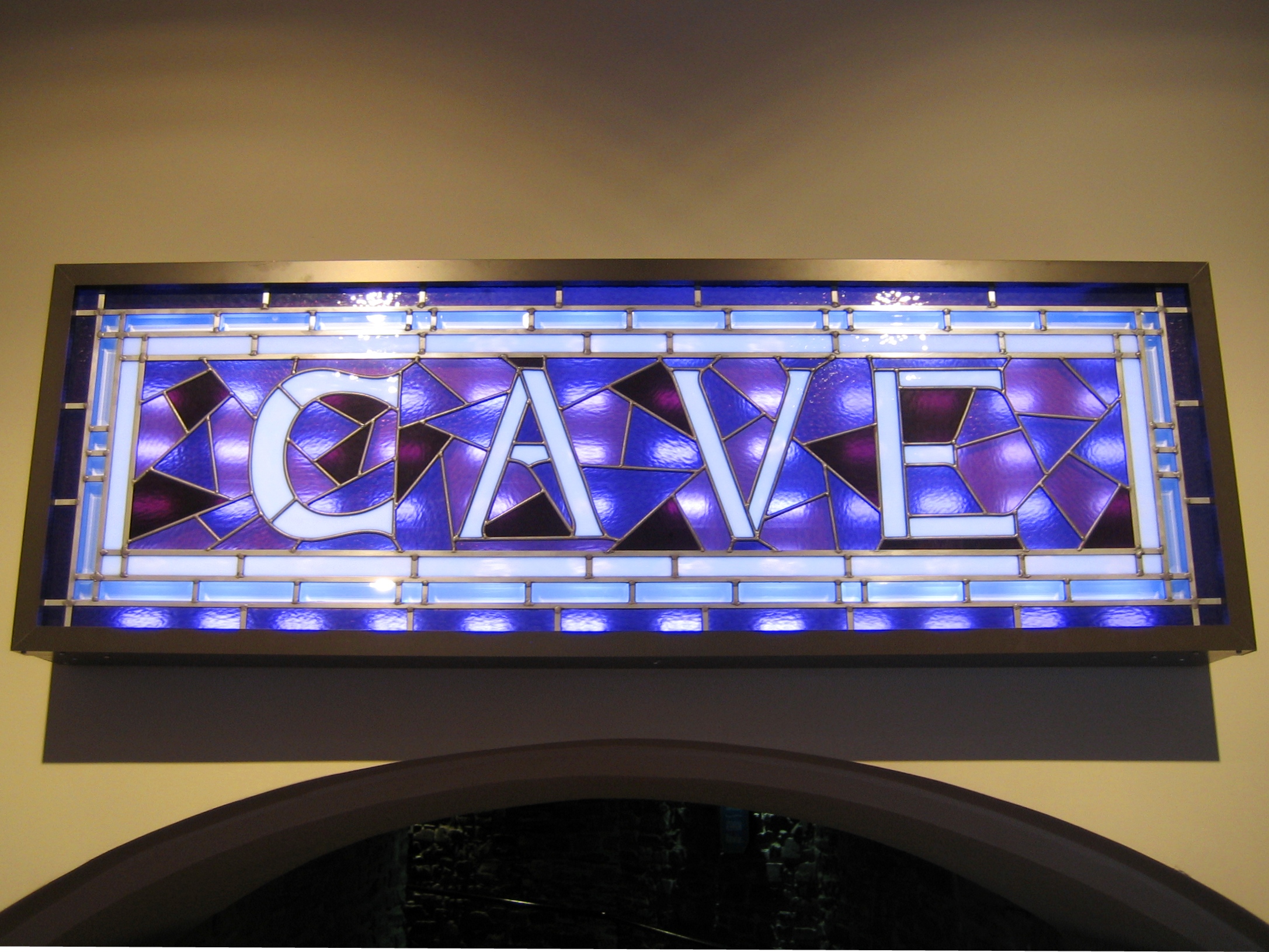
It is fascinating to me how the beginning of the national parks system is intrinsically tied into the westward push of the railway. So, after hearing the origin story of Canada’s national parks I felt a need to visit Cave and Basin National Historic Site. The location was formally designated a national historic site in 1981, three years before the Canadian Rocky Mountain Parks were designated a UNESCO World Heritage Site. Banff National Park is one of the most visited national parks in Canada, and Cave and Basin one of the most visited National Historic Sites. When I arrived in the area I therefore wasn’t surprised by the astounding beauty of the mountains and lakes, or by the volume of visitors walking through the streets of the town of Banff.
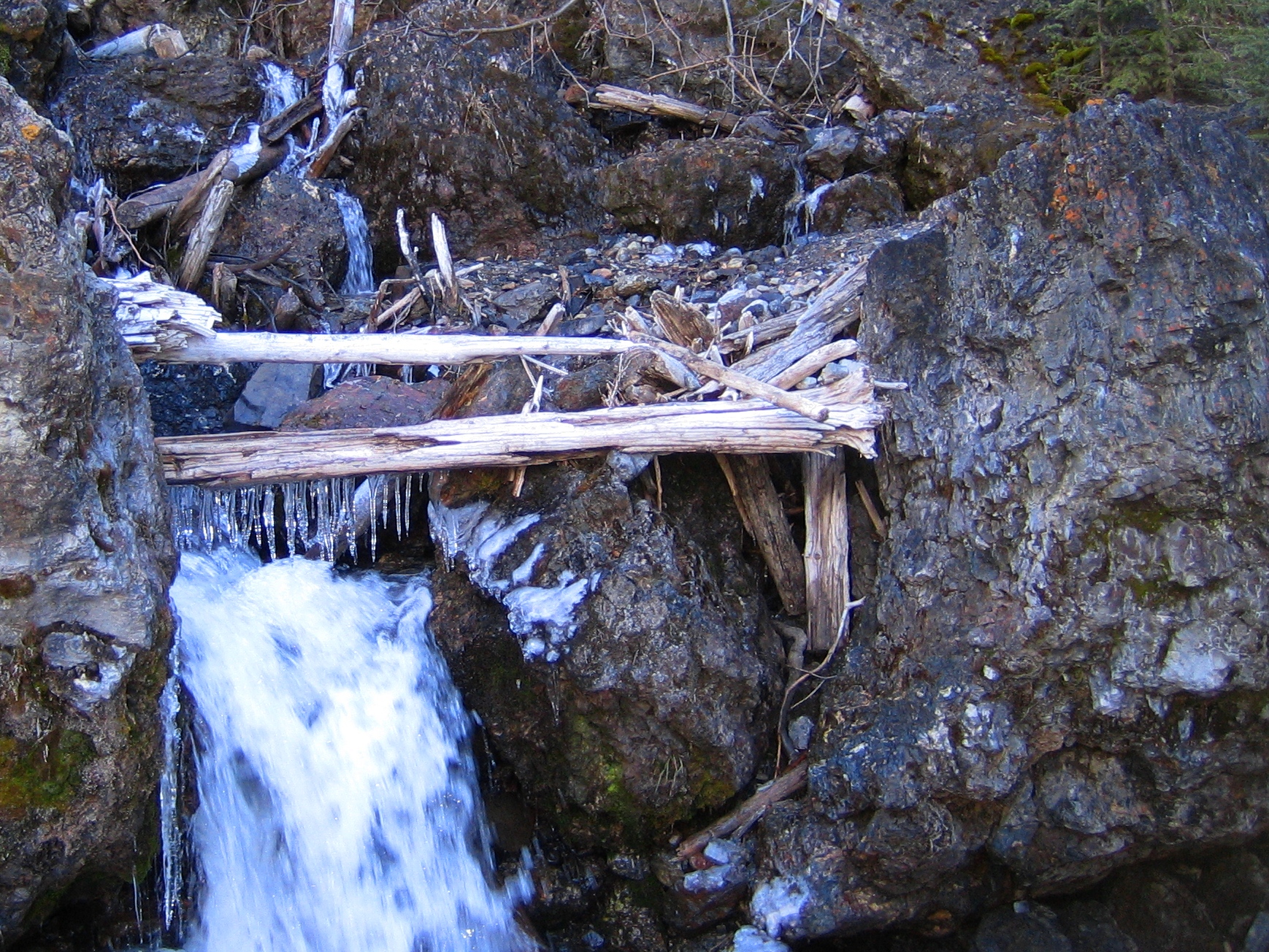
We decided to start with a hike along the Sundance Trail to the Sundance Canyon to get a sense of the area. The trailhead is just past the Cave and Basin National Historic Site building complex and the linear hike takes you through the river valley and back to your starting point. It was good to take a step away from the controlled environment of the national historic site and explore the natural landscape surrounding it. When we got to the canyon at the far end of the trail I was delighted to see the first autumn icicles forming on the fallen branches overhanging the rushing water. On the return hike we were rewarded with amazing views of the mountains that encircle the town of Banff and the hot springs.
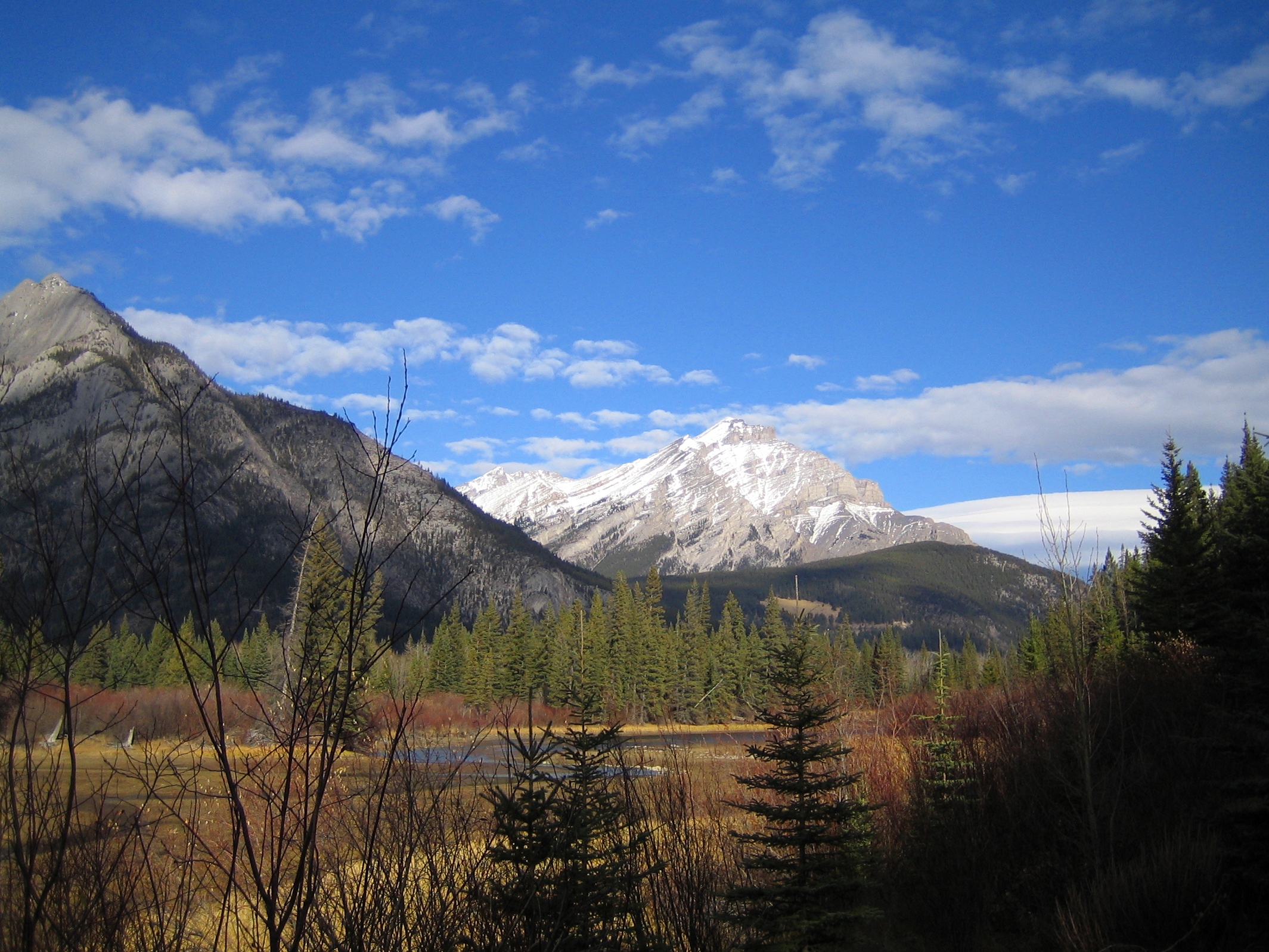
Returning to the national historic site we entered into full tourist mode. When you enter the site you are greeted by a Parks Canada representative at the front desk who explains the layout and offers some suggestions of what you can see and do inside the complex. We opted to go straight to the cave, stopping first to peruse the interpretive panels that outline the history of the site. The cave is entered by a manufactured tunnel that is very dimly lit. At the end is the natural grotto with the hot spring pool. This is one of the only remaining areas of the site that has not been augmented.
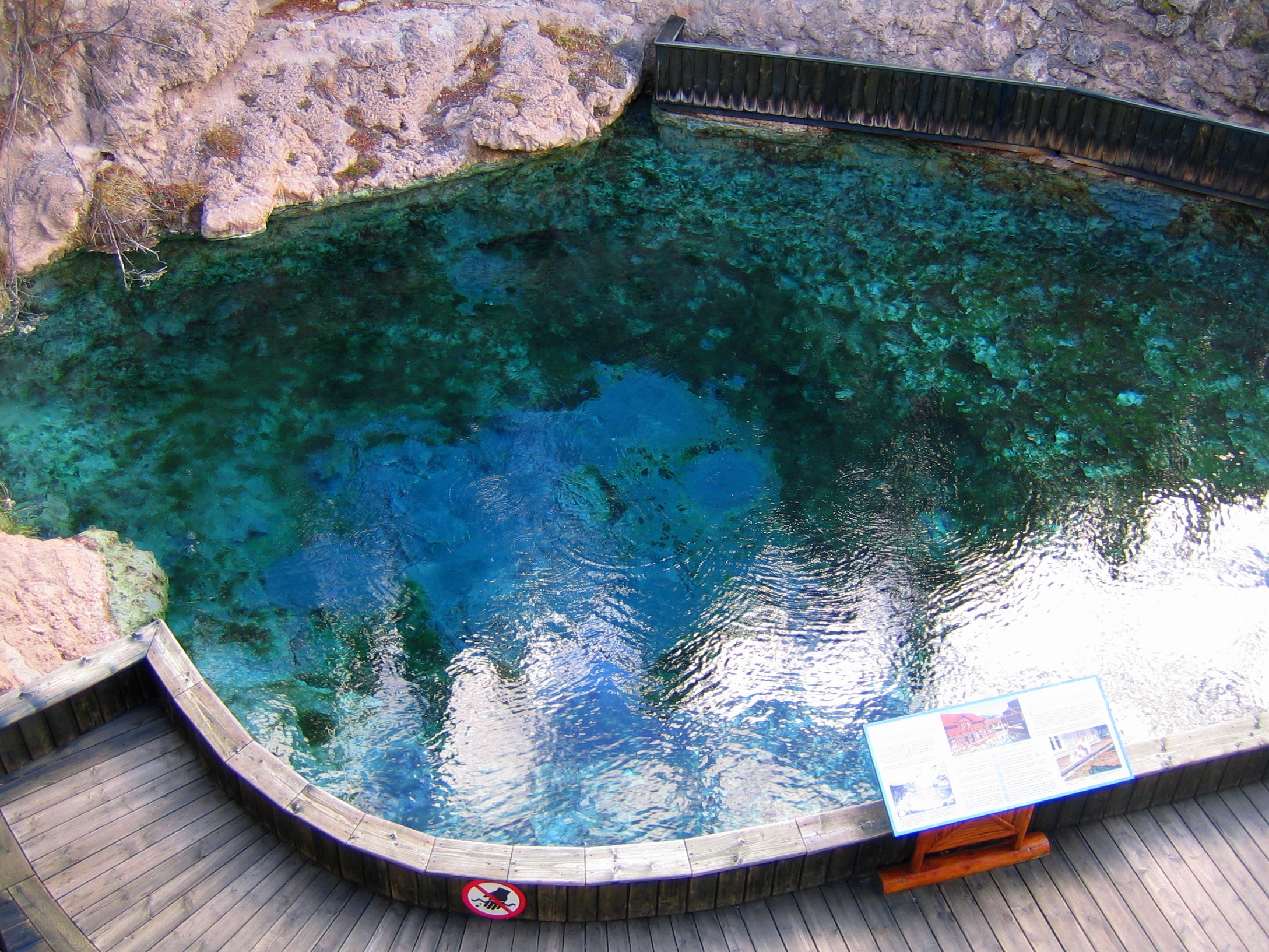
Outside the cave is the restored 1916 swimming pool that is heated by the hot spring. Visitors can no longer swim here – although you can visit the nearby Banff Upper Hot Springs if you want to experience being submerged in the naturally hot mineral water. Also in the Cave and Basin building complex is an interpretive gallery that provides visitors with the history of the national parks system, the Banff area and the hot springs themselves. Outside of this gallery is an open-air area where Interpretive Guides can be found stationed at mock-up railway camp trading tents. Walking along the upper terraces of the buildings you can get a good view of these costumed guides interacting with the visitors.
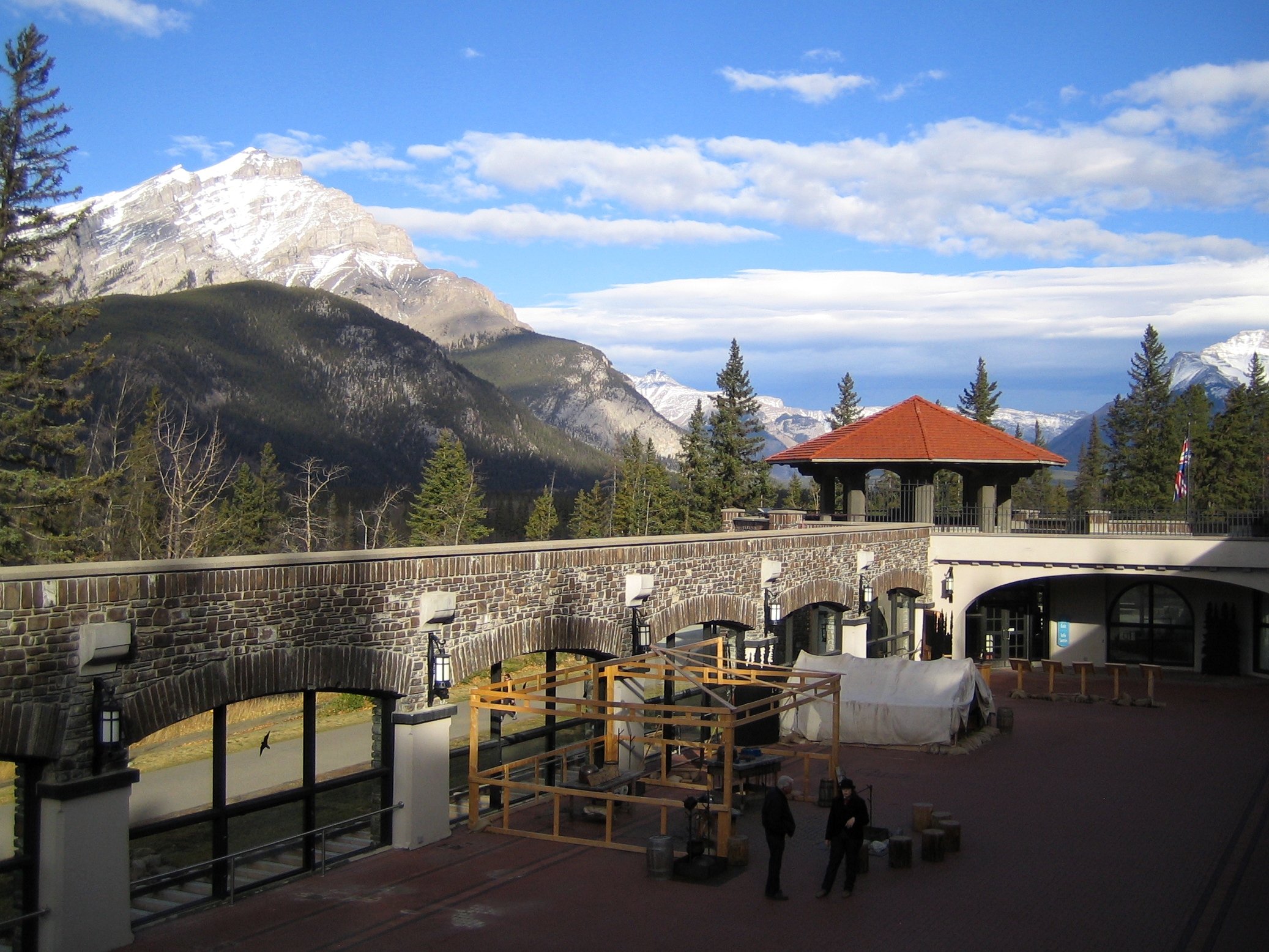
Also from the upper terrace you can walk up to the top of the cave. From there you can see a recreation of McCardell and McCabe’s log cabin and smell the sulphur emanating from the natural pools. This is also a great vantage point from which to view the surrounding mountains. There is much to explore at the site and we could have spent much more time than we had that day. In fact, when researching for this post I found that there are many day and night-time guided tours of the site that I’d love to try on my next visit. The birthplace of Canada’s national parks certainly did not disappoint.

